Here I am, drinking my cup of Japanese green tea with matcha, hoping that it would spark my writing inspiration. And even though I know it's time for Kyoto story to be shared, I've been postponing writing it for days. Maybe because spring is stealing my focus (so many flowers to be admired/ photographed/ smelled, so many sunny days to be spent in the open, so many fresh vegetables to be cooked, so many dear people to be welcomed in our home), or because my mind is already traveling to small Italian towns and their spring cuisine. However, I also spent the last couple of days researching, because the thing with Japanese names is if you don't write them down at once, chances are, you won't remember them when you sit down to write a post. I think I succeeded in tracking down all the temples and shrines (also, one particular restaurant) that we visited in Kyoto.
We came by train from Osaka, where we were staying for 4 days, making day trips to surrounding towns of Nara and Kyoto. Deciding on what to visit in Kyoto in just a day can be overwhelming, so we simplified things by heading to eastern Kyoto and simply wandering around Nanzen-ji temple complex. A walk from Keage Station to the temple grounds is a romantic one- it starts with an abandoned railway track lined with cherry trees, where we were not the only ones taking photos of the blossoms (some people even offered to make a photo of us, but it turned out blurry and therefore didn't end up in this post). The history of the Nanzen-ji temple dates back to the 13th century when the emperor Kameyama built a villa on these grounds, and later turned it into a Zen temple. Today, it is one of the most important Zen Buddhist temples in all Japan.
The first thing we’ve seen upon entering the complex was a large wooden Sanmon gate- the most important gate of a Japanese Zen Buddhist temple. This gate dates back to the 17th century, and from its wooden terrace, you can have a good look of the surrounding temple buildings, the hills of Higashiyama and the city in the distance. We had to take off our shoes upon climbing the steep stairs to the terrace- if you are used to European traveling, seeing people wandering around a monument in their socks and slippers is not your everyday scene!
When we visited, the cherry blossoms were just starting to bloom, and we were lucky enough to wander around surrounded by clouds of little white to pinkish flowers. Many photos we took are beautified by their presence. Just a couple of minutes walk from the Sanmon gate, an unusual sight appeared in front of us: a large brick aqueduct dating back to the end of the 19th century. Surrounded by thick, green woods, it evoked Italy, or France with their majestic Roman aqueducts. I read later that it was built to carry water and other goods from Lake Biwa in the Shiga Prefecture, a prefecture that we visited on our second trip to Japan.
Behind the aqueduct, we found a temple with a beautiful, leafy garden with a pond and a couple of ducks. The garden of the Nanzenin temple is said to be particularly attractive in autumn when it shows its lush autumn foliage, but I loved it in spring all the same- from bright green young leaves to dark green surface of the pond. The moss surrounding the pond and the ducks intensified the atmosphere of a magical place, straight out of fairy tale or Hayao Miyazaki's movie.
My favorite memory though is from the Tenjuan Temple- we came to the entrance 10 minutes before closing time, and the elderly gentleman selling tickets said that it didn’t make much sense to pay for the ticket valid for only 10 minutes. We said that it didn’t matter and that we really wanted to see the rock garden, to what he just waved his hand, giving us a sign to come in and telling us to be quick. The time he gave us was just about enough to admire the peace and the beauty of the rock garden, and even making a small photography project. When we asked to pay the entrance fee on our way back, he just said that it was ok and bowed cordially. Japanese kindness to visitors never ceases to amaze me.
There was still some time left for us to head to the central Kyoto, where we’d have our dinner and hop on a train to Tokyo. When we came to the center, we literally entered the first restaurant that had available seats, as we were tired and in a bit of a hurry. Unsurprisingly, it turned out to be delicious as well. We had tempura (crispy fried vegetables or fish) with udon (fragrant soup with noodles), and brightest green edamame (freshly cooked soybeans, only lightly salted). As a big fan of edamame, I loved how we got to grab a handful of the pods from a basket that the waitress was carrying around- as much as you could grab was as much as you could have! Luka was shy at the first attempt, at the second attempt- not so (I guess his Croatian instinct kicked in!). :) Next to us sat a shy young couple- at first they didn't pay much attention to us, but two beers later they were all relaxed and giggling, smiling and waving at us, open for a chat even in the broken English. So sweet! If you ever end up in that part of Kyoto, the name of the restaurant is Komefuku, and I can sincerely recommend it.
Just around the corner (and we didn't even know it) was a narrow Pontocho street- filled with restaurants, lanterns, and mouthwatering smells. Most of the restaurants open up to the Kamogawa river on the eastern side, and I can already imagine sitting on one of the terraces on a breezy summer night, preferably munching on a yakitori (delicious skewers) and drinking cold Japanese beer. We meandered down the lively alley (stopping to take photos every now and then) until we got to the Shijo Dori, one of the main Kyoto streets, filled with bright lights and shops. We walked into a cute little shop selling hankies, colorful wallets and pencil cases made of the beautifully printed cotton, and took home a couple of hankies embroidered with Japanese symbols- little temple, a geisha and a white fox in front of a red Torii gate. I was curious about the fox symbol and found out that the foxes, called kitsune in Japanese are a common subject in Japanese folklore- they are believed to have supernatural abilities, superior intelligence, and an ability to take on human form! A white fox acts as a messenger to Inari- a deity or a spirit (called kami) worshipped in Shinto religion. Something to think about the next time I pull out my dotted pink hankie with a little white fox. :)
*If you enjoyed this post, and feel like you’d like to buy me a coffee as a little thank you for writing it, you can do so via Ko-fi platform. Thank you!
Have you ever been to Kyoto? If yes, please share your favorite places! Any temples, shrines, restaurants I missed (Ok, given that we had just one day I know we missed a lot!). Always happy to hear from you! :)



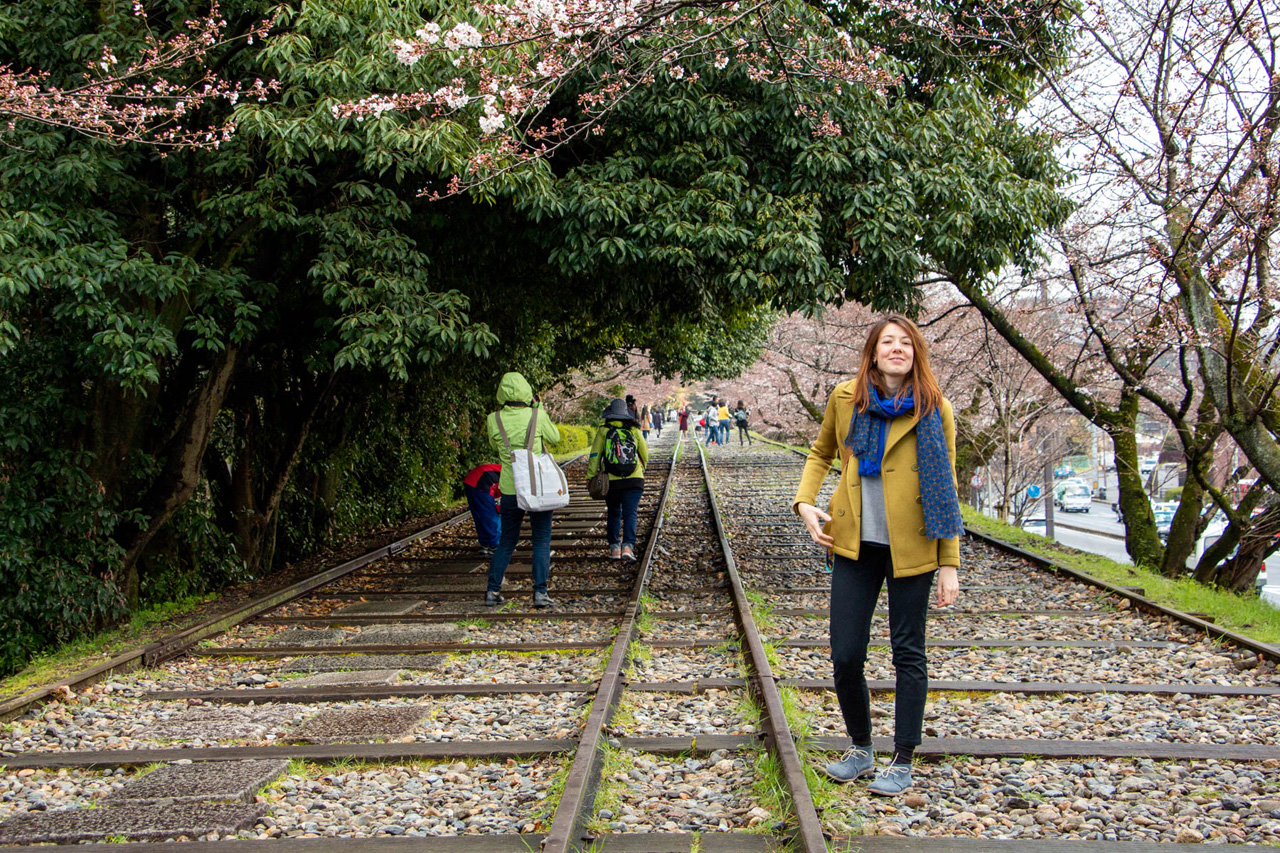

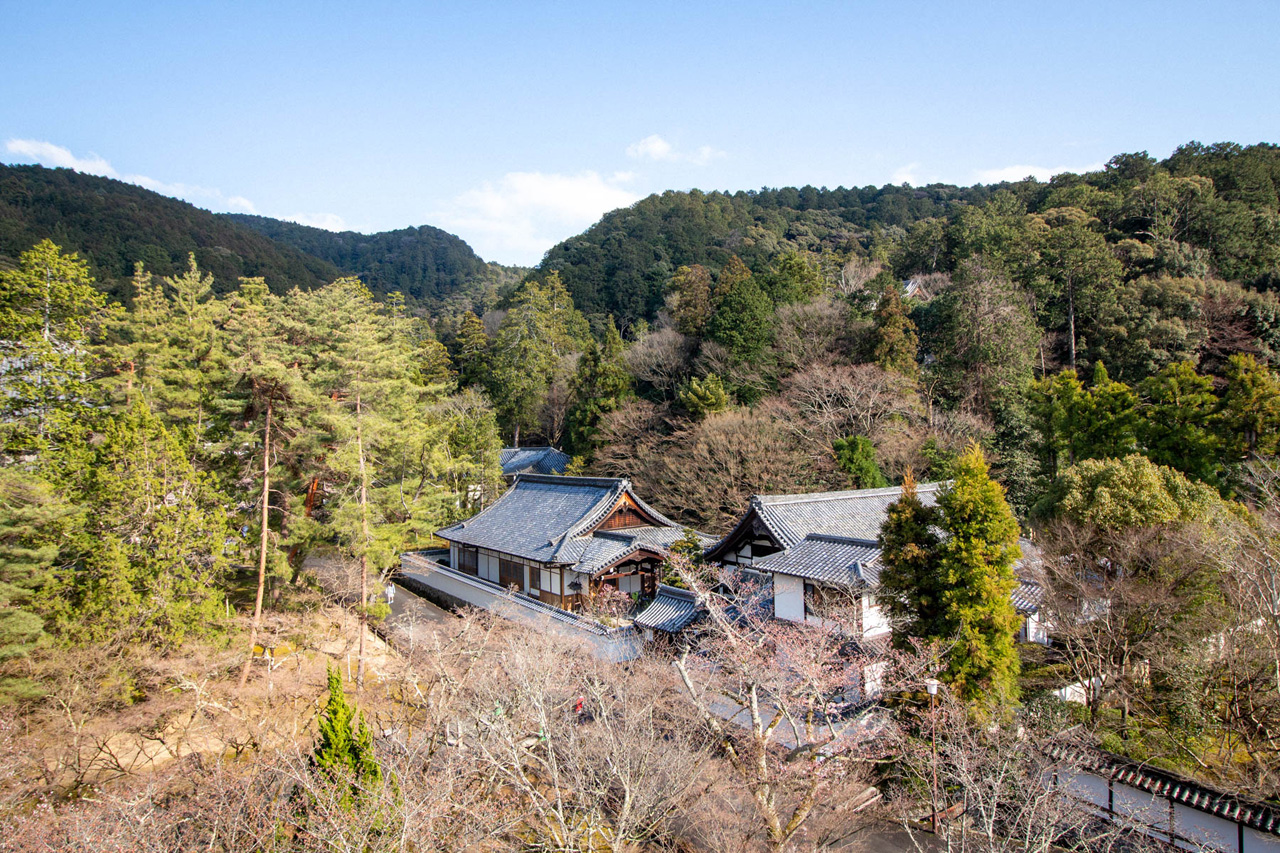










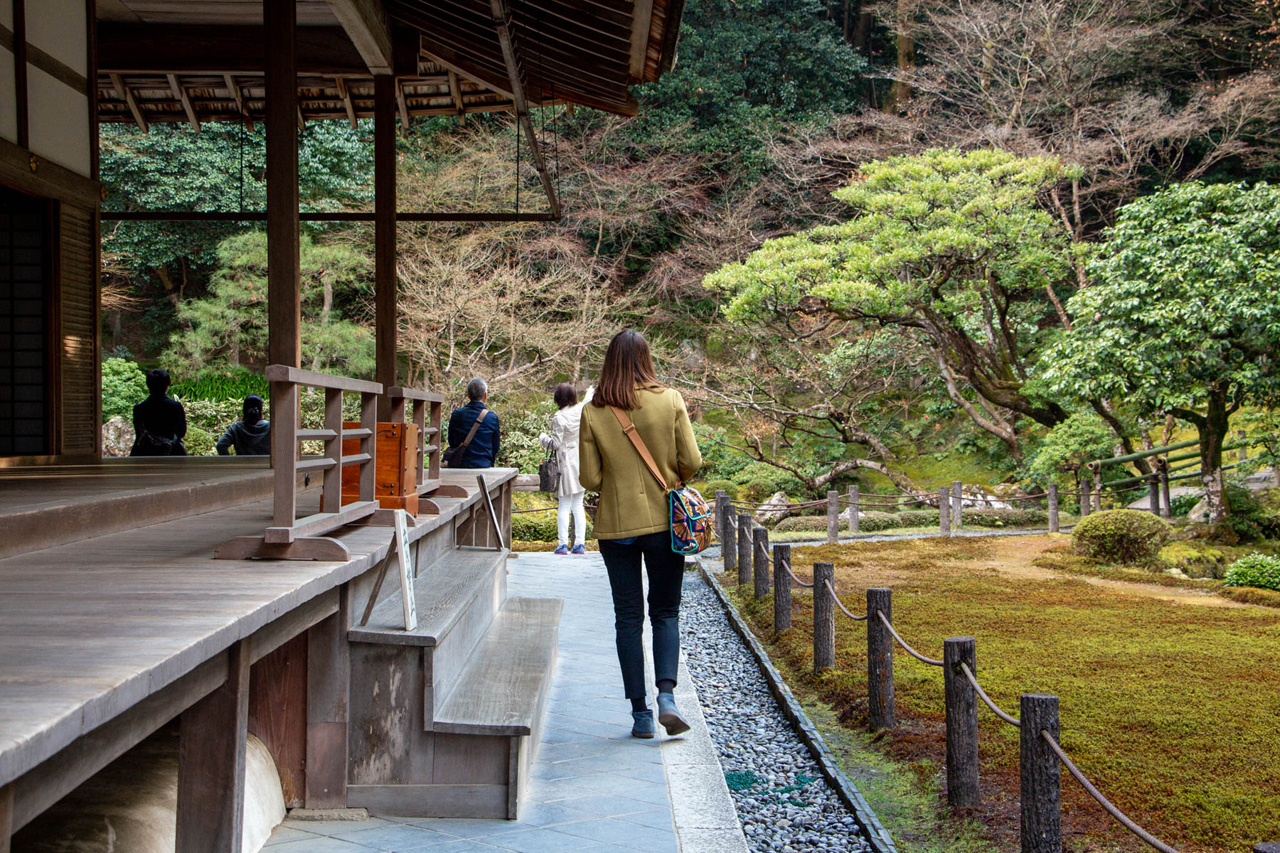









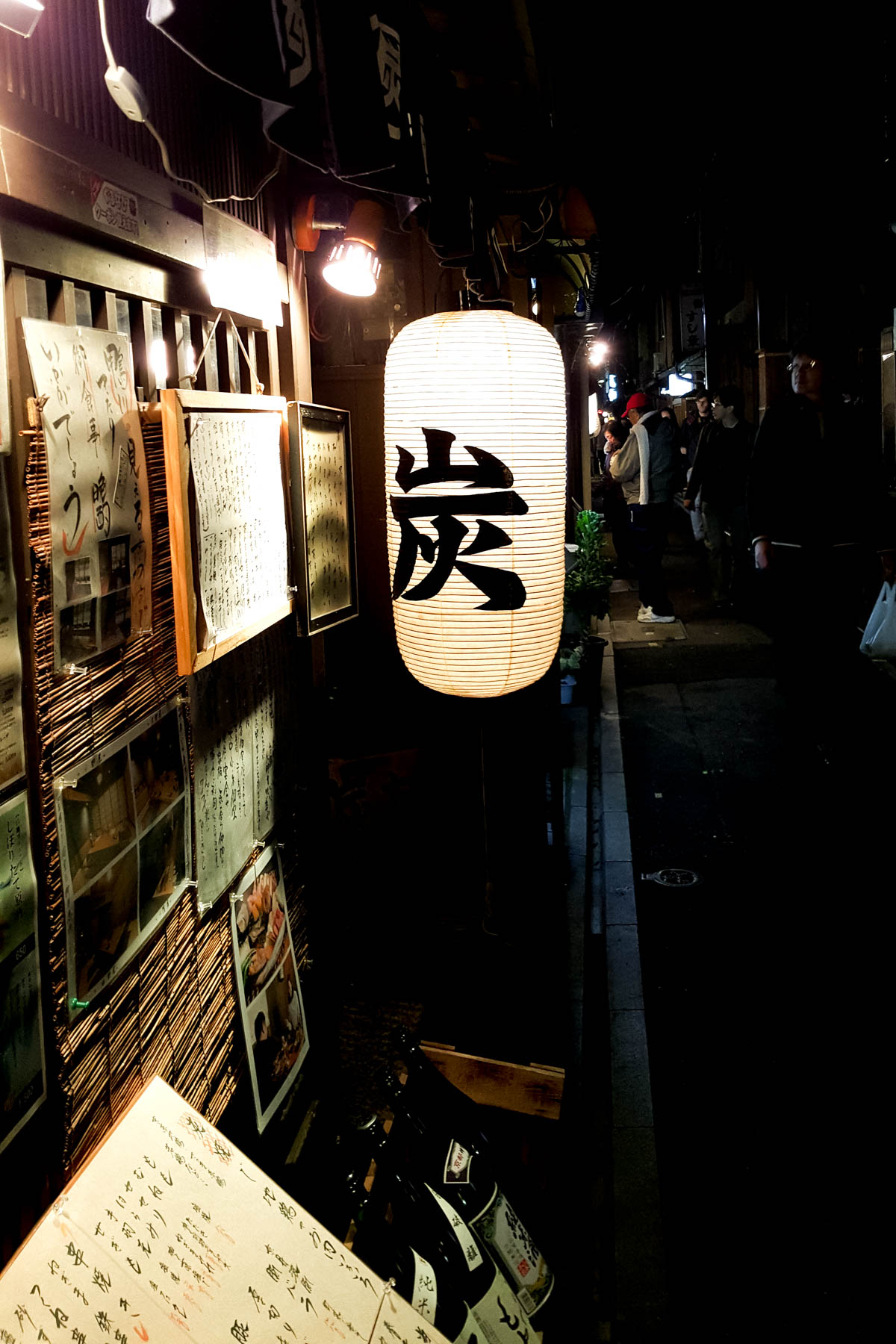
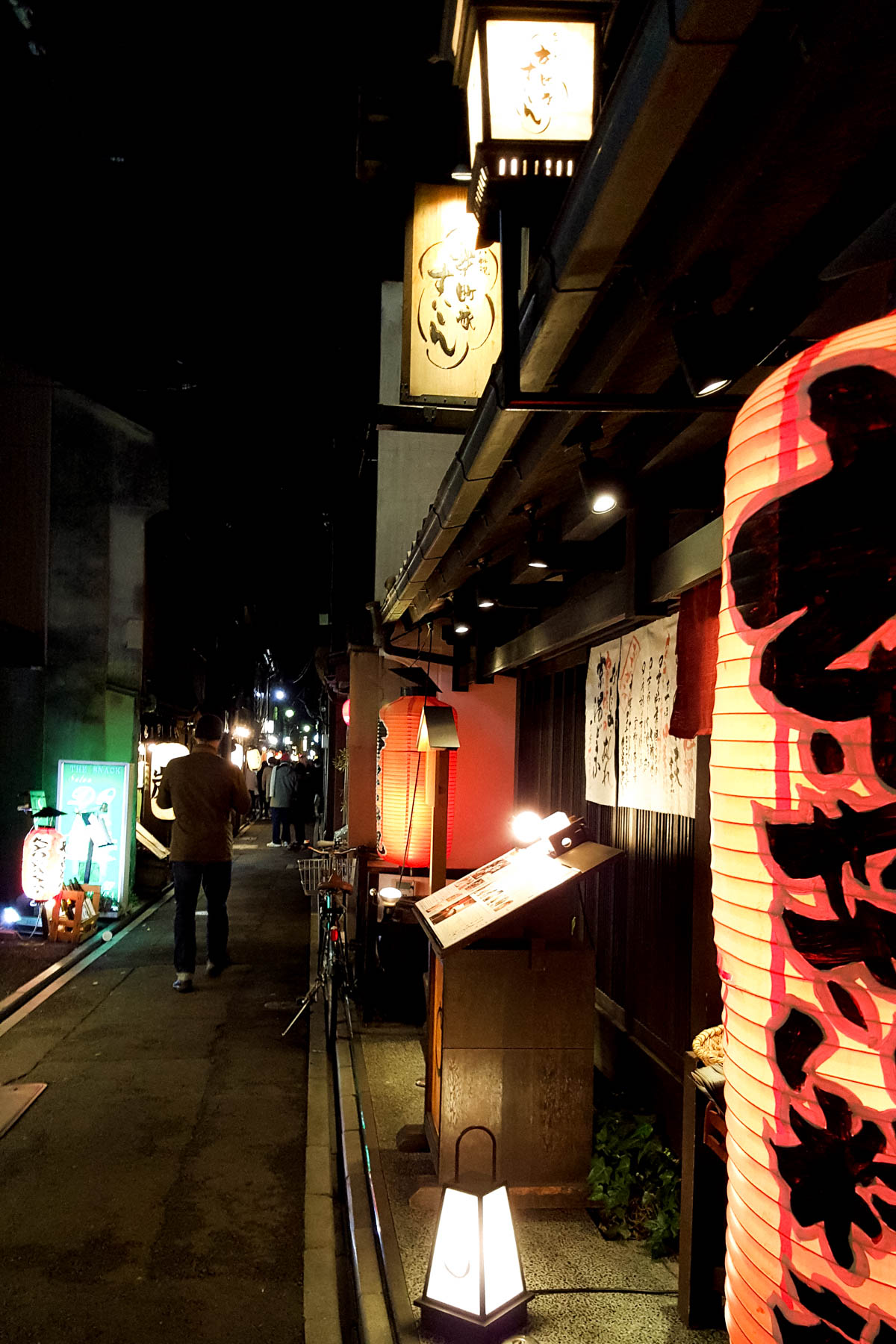




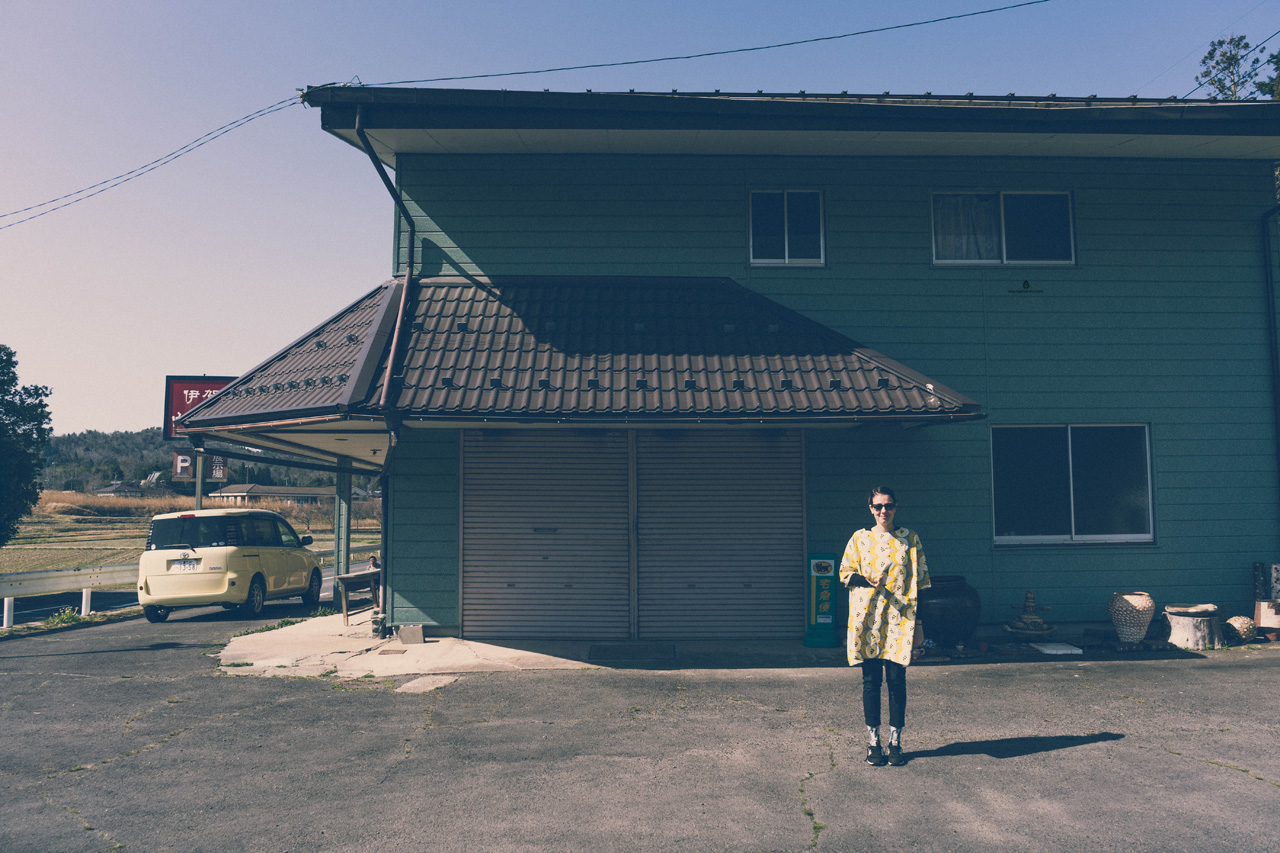
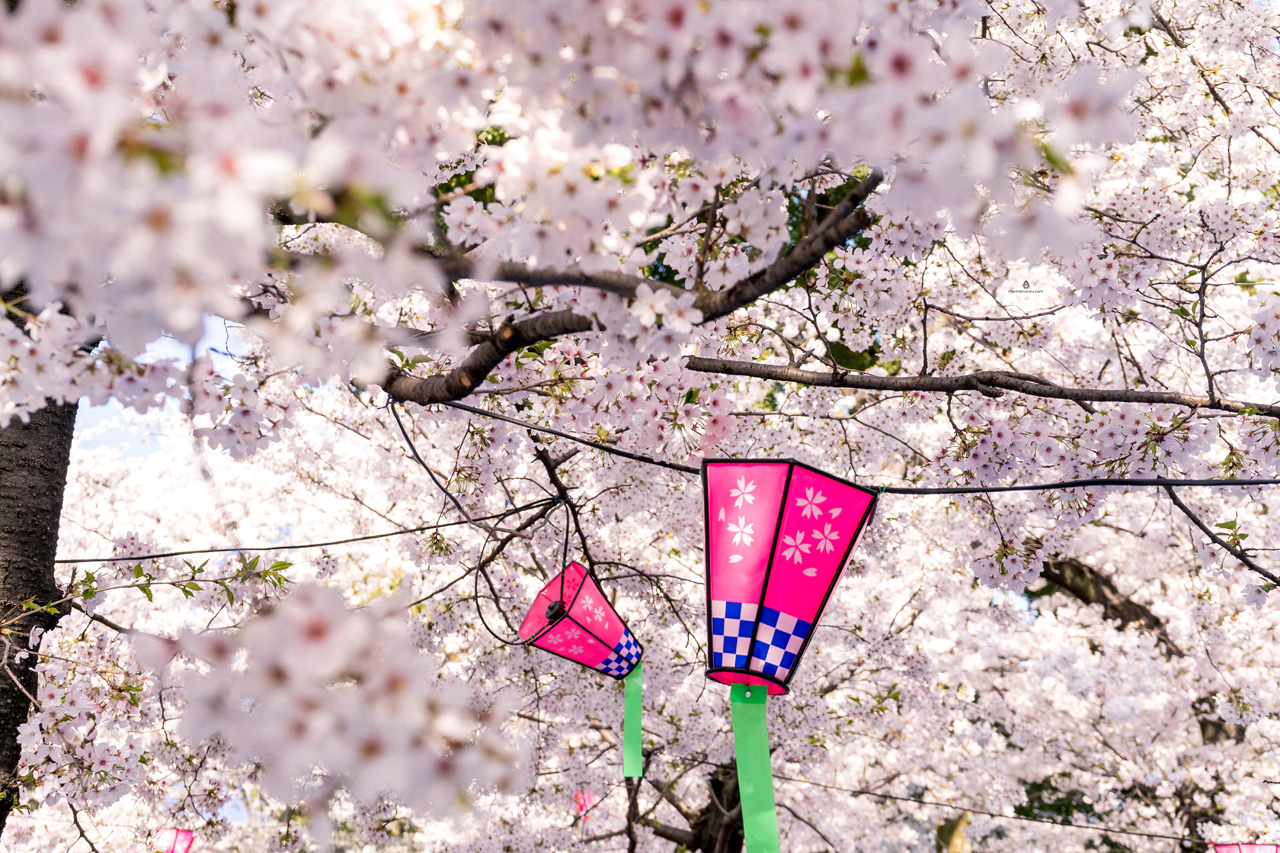



We didn’t fall in love with Hokkaido at first sight, as we did with the rest of Japan. It is the most isolated one of the main Japanese islands, has the weakest traffic connections, isn’t as organized and efficient as the rest of Japan, its trends in tourism are old-fashioned, simply- everything isn’t as you would expect from Japan.